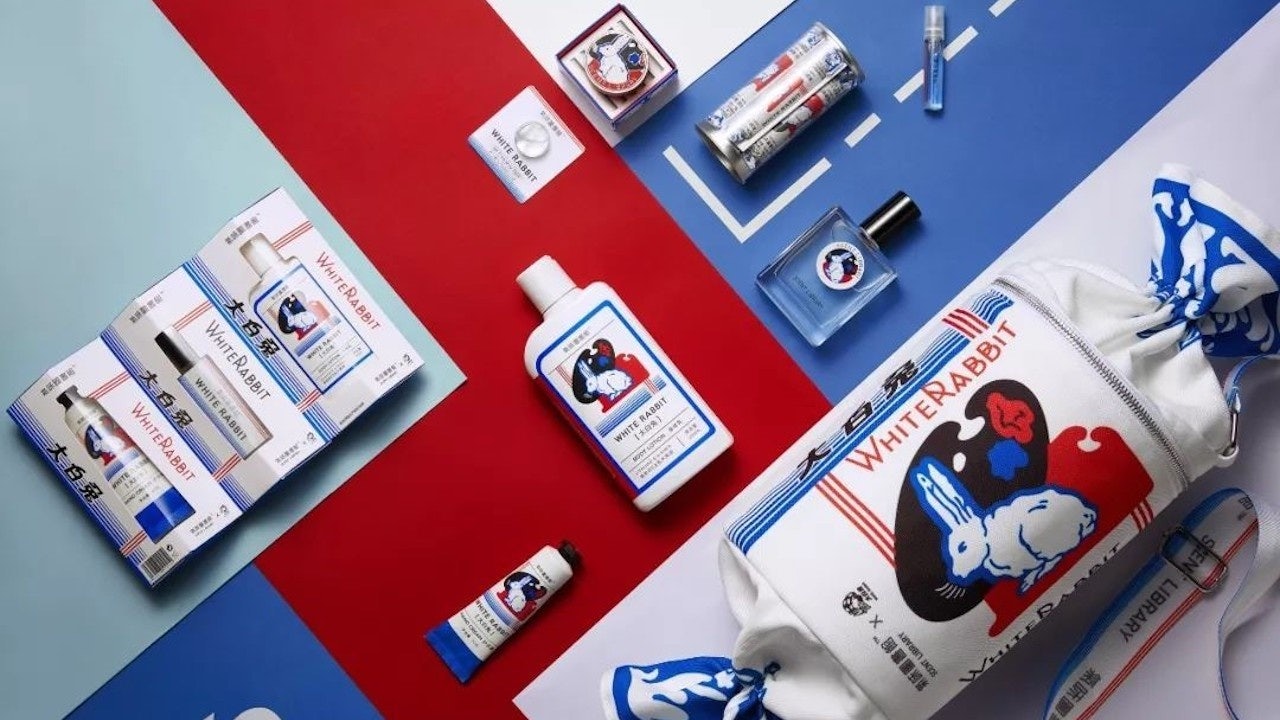Jing Daily’s market report “Chinese Cultural Consumers: The Future of Luxury” is available for purchase on our Reports page. Packed with 88 pages of market research, exclusive interviews, and on-the-ground consumer insights, the report is a must-read for anyone interested in tapping China’s most powerful new consumer base. Get your copy of the report here.#
Guochao, literally “national trend,” can be considered as a subcategory of chaopai (“trendy brands”), and refers to modern consumer goods that are infused with Chinese cultural elements as a key selling point. Very often these elements come from traditional Chinese culture, although they can also refer to modern pop culture, patriotism, or old-school (aka “time-honored”) brands and childhood nostalgia. Because Guochao can exist across product categories and is subject to ad-hoc adoption, there is no fixed market size. However, what is certain is that many brands have been incorporating Guochao elements to boost sales in recent years, with one estimate putting the market for Guochao fashion alone at around RMB 35 billion ($5.4 billion).
Guochao falls into two broad categories. The first is tied to a resurgence of older Chinese brands, such as beauty label Pechoin (established 1931), Li Ning (1989), and personal care brand Liushen (1990). The second category involves newer forms of domestic IP, such as ancient-style Hanfu clothing, museums’ Wenchuang products (“cultural creations”), and designer toys.
The pandemic year of 2020 saw a strong uptick in interest in Guochao products thanks to China’s rebound and the associated outburst of national pride, along with ongoing uncertainties in China’s foreign relations. Economic downturn in overseas markets has further prompted Chinese brands to shift their focus to domestic demand, in line with the government’s efforts to drive consumer spending. The broader political and economic conditions also create a fertile ground for Guochao’s development. “Cultural confidence” has been a key slogan in Chinese propaganda in recent years, along with “dual circulation,” a concept that emphasizes a greater role for domestic consumption in the Chinese economy. Last but not least, tensions in international relations have given rise to a sense of Chinese nationalism that, in turn, cheers on homegrown brands and Guochao products. For instance, during the most recent controversy over Xinjiang cotton, Chinese sportswear brands such as Li Ning and Anta saw a surge of consumer interest while overseas names such as Nike and Burberry were canceled.

Online platforms are the major sales channels for Chinese brands. According to data from iiMedia Research, more than half of consumers surveyed prefer to purchase Chinese brands on e-commerce platforms or official online stores, and e-commerce platforms have courted this trend. Since 2018, Alibaba and Tmall have launched an annual Guochao plan to support Chinese brands, with extensive campaigns promoting local champions.
Two trends involving Guochao are especially noteworthy thanks to their commercial success and potential for further growth. The first is brand collaborations, which often serve to rejuvenate the identities of older and well-established brands while tapping into nostalgia, such as the partnership between up-and-coming Chinese fragrance company Scent Library and traditional confectionery brand White Rabbit on a candy-scented perfume that sold close to 150,000 units within ten minutes on Tmall.
The second category relevant to Guochao ties to the latest trends in pop culture and is distinguished by the combination of Chinese cultural elements and modernity. A prime example involves the art products created for the second season of the popular iQiyi streetwear reality show Fourtry.
IQiyi invited American artist Daniel Arsham to create a total of six collaborative pieces. Inspired by a calligraphy piece from the Tang dynasty, Arsham designed a large-scale corroded bronze stele as the designated opening gift for the new season of Fourtry. Arsham also created five other limited-edition pieces that drew inspiration from the traditional game of mahjong, including keychains, decorative items, and a game set. The Fourtry series has allowed iQiyi to assert a leadership position in content commerce via Guochao, and the involvement of Arsham gave iQiyi the ability to forge a link between the concept of Guochao and an international art presence as well.
Of course, being a relatively recent trend, Guochao still faces a number of issues. Critics have pointed out that many Guochao products lack originality and often simply paste Chinese cultural elements on foreign designs or feature only simplistic patriotic messages, strategies that are unlikely to impress Chinese Cultural Consumers (CCCs). IP protection is another problem, as there has been fairly limited action by companies to protect their Guochao designs. This issue is especially prominent in the Hanfu sector, where design infringement has been rampant. Alibaba has taken note of challenges and set up the IP trading platform IPmart on Tmall in March 2021. Equipped with blockchain technology, IPmart enables merchants to better protect and develop their IPs.
